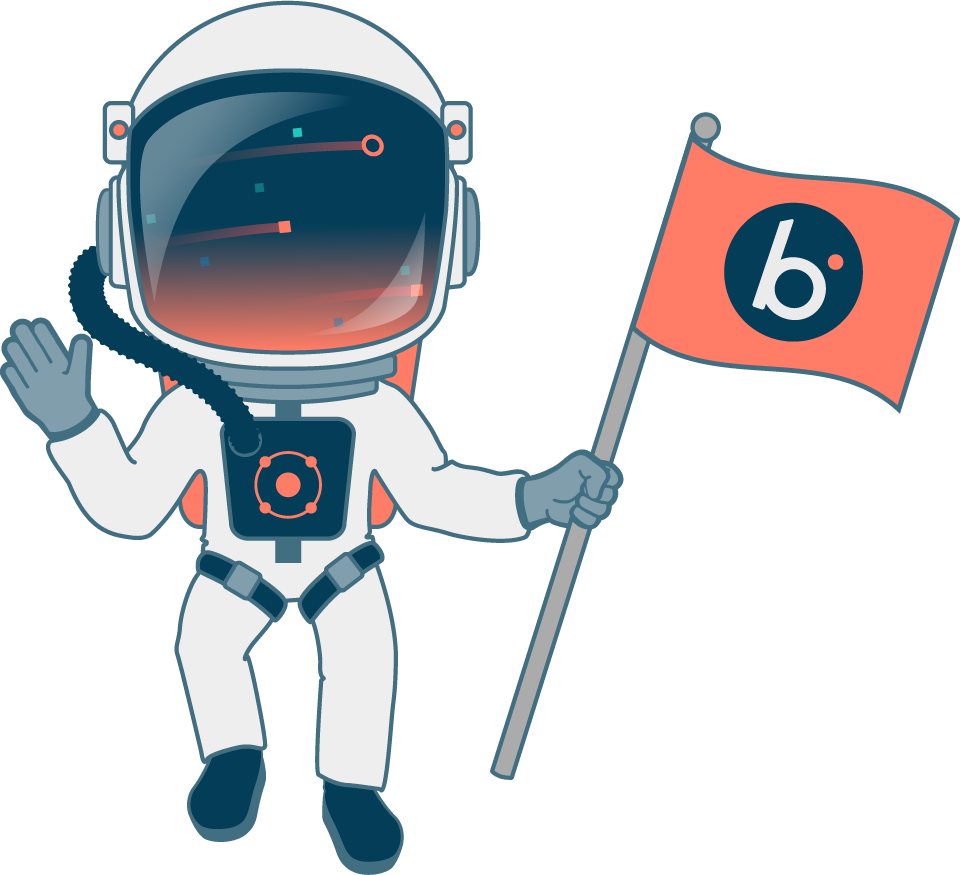Cloud-based integration Platform-as-a-Service (iPaaS) company Boomi has had a fairly tempestuous adolescence in the 21 years it has walked this earth.
The company has been variously acquired (by Dell) and then focused on its own sub-brand acquisitions before then being acquired by Francisco Partners and TPG Capital in May of this year, the Boomi board (that’s a group of people in suits, not a surfing accessory) has seen the ins and outs of business deals come and more than many others, especially throughout the last decade.
Always keen to gauge the state of the market, Boomi’s latest groove has seen the company perform an analysis of the ERP space. Its latest study suggests that almost all companies are embracing a Composable Enterprise Resource Planning (Ed: shall we call that CERP?) strategy to overcome the limitations of legacy applications.
What is composable ERP?
What the company means by composable ERP is the notion of technology stack made up of a combination of both legacy and modern applications – and, crucially, that stack being operated via a platform layer to provide an integration and management vehicle between those legacy and modern applications. So composable ERP is more ‘roomy’ in the sense that it accommodates for more than one tier of application and data service history being deployed concurrently in the same company IT stack.
But there’s a balance to be struck here according to Boomi CEO Chris McNabb. Looking at the practicalities of composable ERP, McNabb and team say that despite the flexibility that Composable ERP provides, integrating all of those (legacy and modern) applications to work collaboratively and share data is still a monumental challenge.
Why would that be so? Because generally speaking, legacy integration solutions require expensive, time-consuming, custom development and coding, as well as optimisation and automation – all of which are high priorities for IT teams today.
Of the companies Boomi spoke to, some three quarters are investing in the standardisation and consolidation of applications as a means of overcoming the (above) optimisation and automation challenge.
Fragmentation vs unification
“The typical enterprise has, on average, 850 applications, of which only 30% are connected,” said McNabb. “The biggest challenge every business faces today is unifying their increasingly fragmented digital ecosystem so they can create the integrated experiences expected by customers, employees, and partners. Organisations that remove friction through fast, intelligent data discovery and cataloging, pervasive connectivity, process integration, and automating human workflows are the ones best positioned to thrive as we move beyond the pandemic.”
The analysis here from Boomi’s may suggest that businesses see the potential of Composable ERP, but are struggling to implement an integration strategy.
In the company’s survey, 51% of respondents said providing the best user experience possible was the motivation behind adopting integration technology. Yet 47% indicated their current integration solutions struggle to meet their challenges.
Forty-two percent say there is a high cost to maintaining these solutions, with 38% finding that they can’t cope with their complex hybrid technology environment.
Other key survey findings include the fact that organisations say they are now committed to migrating ERP suites to the cloud and 58% predict that their ERP system will no longer be fully on-premises by 2022.
A Civic Duty
Is there really a composable ERP ecosystem out there? Yes, obviously we know that enterprise organisations will be running a combination of newer and older technologies, so it’s hardly a surprise to find that big business runs a combination of legacy and modern IT systems.
Is it too contrived to hear a cloud integration Platform-as-a-Service (iPaaS) company telling us that – after its impartial independently executed survey – that it finds many customers running composable combination stacks that require, well, cloud-based integration Platform-as-a-Service (iPaaS) advantages perhaps?
Composable ERP may be no more real than the man (or woman) in the moon, but a singular view of modern-only digital-first cloud-native ERP is some way off for almost all companies, so until we get to that point, some of this analysis and discussion will pervade.
Boomi has a civic duty to say composable ERP is more roomy and groovy, well done you beauty.



